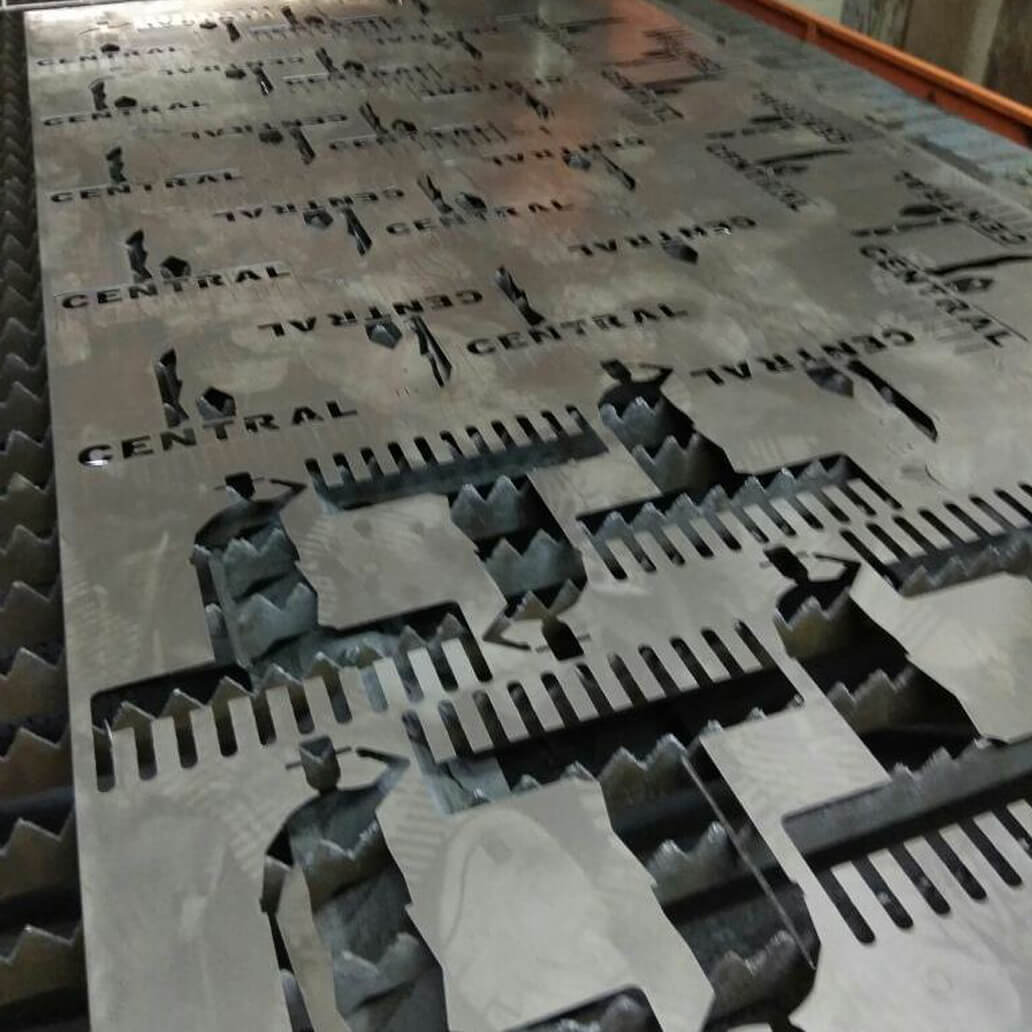The Art and Precision of CNC Bending: Everything You Need to Know
CNC bending is a cornerstone technology in modern manufacturing, enabling the creation of precise and complex shapes from metal sheets. With its unmatched accuracy and efficiency, CNC bending plays a vital role in industries ranging from automotive to aerospace. In this blog, we’ll explore what CNC bending is, how it works, its benefits, applications, and why it’s a game-changer for sheet metal fabrication.
CNC bending combines precision, efficiency, and versatility to transform the way industries fabricate components. Its ability to deliver consistent and complex results makes it indispensable in modern manufacturing.
What is CNC Bending?
CNC (Computer Numerical Control) bending is a manufacturing process where a machine, typically a press brake, uses CNC technology to bend sheet metal into specific angles or shapes. The process involves a programmed computer that controls the bending sequence, pressure, and angle with extreme precision.
The result? High-quality, consistent, and efficient bending that meets the exact specifications required for modern manufacturing.
CNC bending enables manufacturers to achieve precise bends for even the most intricate designs, making it an essential tool for today’s demanding industries.
How CNC Bending Works
- Design and Programming: Engineers use CAD (Computer-Aided Design) software to design the component. The design is then converted into a CNC program that the machine uses to control the bending operation.
- Material Preparation: Metal sheets, usually aluminum, steel, or stainless steel, are prepared to the required size and thickness.
- Setup: The press brake is equipped with the correct tooling, such as punches and dies, based on the required bend angle and material type.
- Bending Operation: The CNC machine applies controlled force to the sheet metal, bending it along a predefined line to achieve the desired angle and shape.
- Quality Check: The bent components are inspected for precision and quality to ensure they meet the required tolerances.
Applications of CNC Bending
-
Automotive
- Manufacturing of chassis components, brackets, and panels.
- Precision bending for parts that require durability and safety.
-
Aerospace
- Fabricating lightweight and high-strength metal components for aircraft.
- High precision to meet stringent safety standards.
-
Construction
- Producing structural components, such as beams, brackets, and supports.
- Customization of metal elements for architectural designs.
-
Electronics
- Fabrication of enclosures, panels, and housings for electronic devices.
- Ensures accurate dimensions for proper assembly and functionality.
-
Furniture
- Bending of sheet metal to create frames, legs, and supports for modern furniture designs.
- Adds aesthetic appeal and structural integrity.
-
Energy
- Fabrication of parts for renewable energy systems, such as wind turbines and solar panel frames.
From automotive to aerospace, CNC bending finds applications in industries where precision and efficiency are non-negotiable.
Benefits of CNC Bending
-
High Precision and Consistency
- CNC technology ensures each bend is accurate and consistent, even for complex designs.
-
Efficiency
- Automates the bending process, reducing production time and increasing throughput.
-
Versatility
- Works with a wide range of metals and thicknesses, accommodating various industries’ needs.
-
Cost-Effective
- Reduces material waste and lowers labor costs through automation.
-
Customizability
- Can easily adapt to different shapes, angles, and designs based on customer requirements.
-
Eco-Friendly
- Minimizes material waste and energy consumption compared to traditional methods.
Why CNC Bending is Essential in Modern Manufacturing
CNC bending has transformed sheet metal fabrication by making it faster, more accurate, and adaptable to complex requirements. Whether it’s a small prototype or large-scale production, CNC bending offers the precision and scalability that industries demand.
The integration of CNC bending with other technologies, such as laser cutting and welding, makes it a cornerstone of modern manufacturing.
The Future of CNC Bending
With advancements in automation, artificial intelligence, and robotics, CNC bending is poised to become even more efficient and versatile. Smart factories are leveraging IoT (Internet of Things) and real-time data monitoring to optimize bending operations and reduce downtime.
Conclusion
CNC bending is a vital technology that combines precision, efficiency, and versatility. Its ability to produce high-quality components for industries like automotive, aerospace, and electronics makes it indispensable in modern manufacturing.
Whether you’re looking to create complex designs or streamline your production processes, CNC bending is the key to achieving superior results. Embrace this technology to stay ahead in today’s competitive market.


